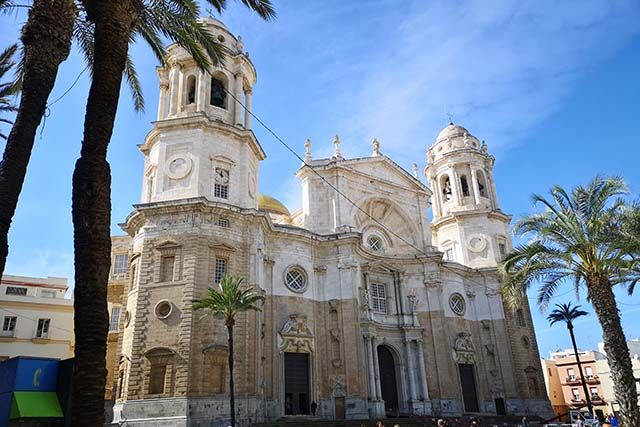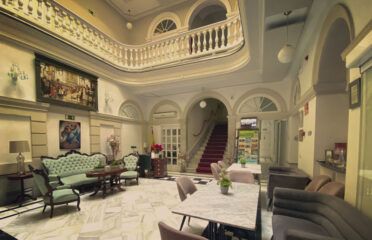Reviews
19255
Latest reviews
No te puedes ir de cadiz sin ver la catedral

Estaba cerrado al público pero desde un callejón lateral se podía ver algo .

Las fotos hablan por si mismas y las vistas traseras al mar para morirse

Una catedral majestuosa, preciosa y muy bien cuidada. Su cripta es maravillosa ya que alberga la tumba de Don Manuel de Falla. Incluido en su precio esta la subida al campanario izquierdo donde puedes ver la ciudad entera. Una auténtica maravilla. Muy recomendado de hacer.

La catedral es un sitio espectacular, dividido en tres naves con numerosas capillas dentro de éstas dedicadas a diversos Santos que tienen que ver de una manera u otra con la religión y con la capital gaditana. En la cripta hay una acústica impresionante con numerosas lápidas de religiosos y eruditos de la ciudad, situada debajo del altar mayor hay una serie de leyendas relacionadas con ella. Muy bonito y recargado su altar mayor y un magnífico coro para culminar esta verdadera obra de arte. Totalmente recomendable.

Discover TUDESTINO recommendations at Cadiz city
€€€€
A stay at the Hotel Las Cortes de Cadiz is one of those little pleasurable experiences that you will never forget. You...
€€€€
Arsenio Manila Multibar is located at the beach of Cadiz, right in front of the sea. The kitchen is open continuously...
€€€€
Marama Multibar is located in a great spot on the Cadiz promenade. It will surprise you with its elegant décor. This...
€€€€
Bebo Los Vientos is a beach bar located on La Victoria Beach, in Cadiz. You will find it just in front of his...









